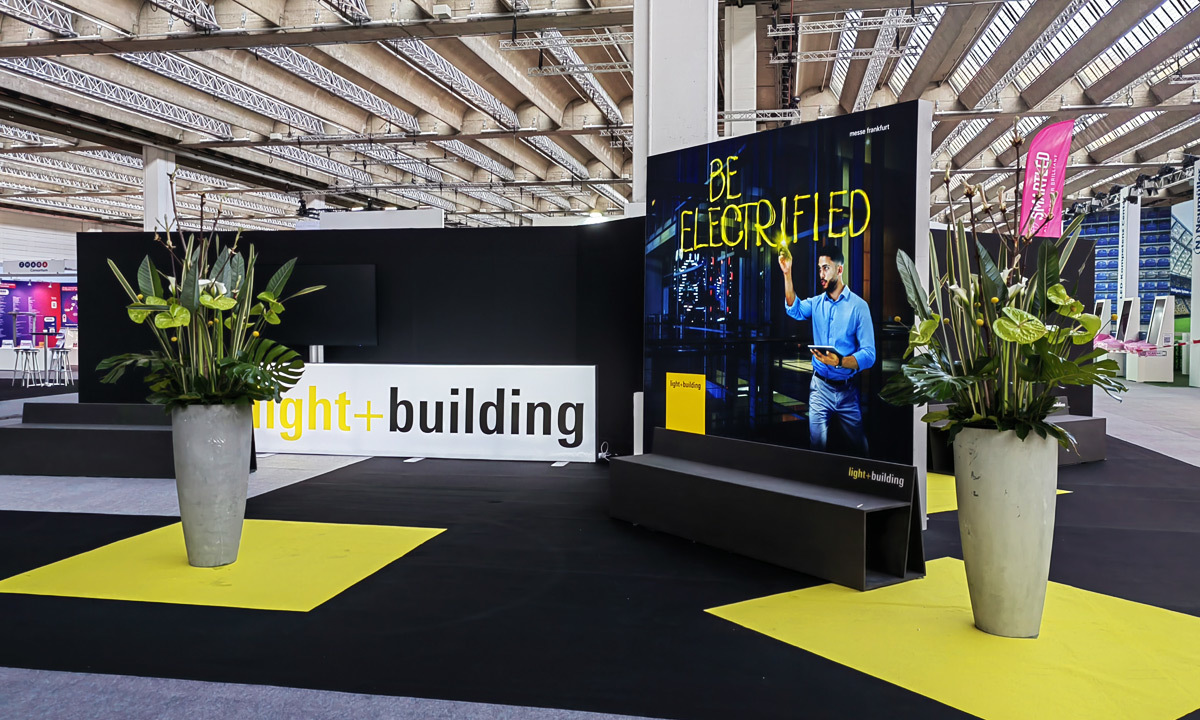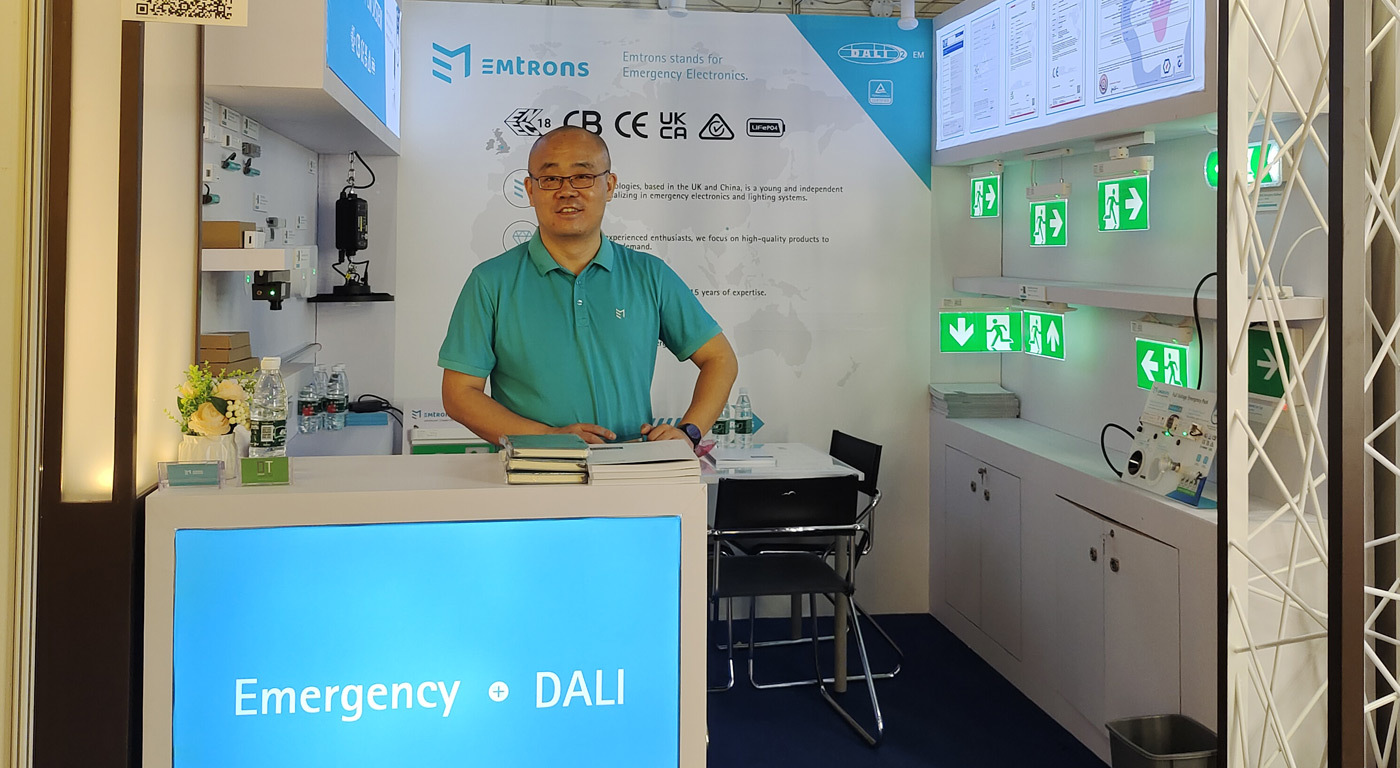Latest News
Essential Considerations When Acquiring Emergency Lighting Products
Release time:2022-08-25 09:06
Keywords: essential, considerations.
When it comes to safeguarding lives and property, the significance of emergency lighting systems cannot be overstated. These systems play a pivotal role in ensuring the safety of individuals during unexpected events, such as power outages or emergencies. However, selecting the appropriate emergency lighting system demands careful attention to several critical factors. Here are key precautions to keep in mind when procuring these vital systems:
1. Adherence to Regulatory Standards
Before finalizing a purchase, ascertain that the emergency lighting system aligns with the pertinent safety and quality standards mandated by regulatory bodies. Familiarize yourself with regional requirements, as these might differ, ensuring compliance with local regulations.
2. Illumination Performance
Evaluate the system's illumination capabilities and coverage. It is imperative that the emergency lighting offers sufficient visibility during crises, aiding occupants in moving safely.
3. Battery Longevity and Backup
Prioritize systems with batteries capable of prolonged backup power. This guarantees sustained functionality throughout the duration of the emergency, promoting uninterrupted safety.
4. Testing and Maintenance Features
Opt for systems with built-in automated testing and monitoring functionalities. Regular testing and upkeep are crucial for sustaining optimal emergency lighting performance. Systems equipped with self-testing capabilities can streamline this vital process.
5. Compatibility and Integration
If integration with broader building management systems is a consideration, ensure the chosen lighting system is compatible. Smooth integration enhances the overall efficacy and response of the emergency lighting.
6. Robustness and Weather Resistance
Account for the installation environment of the emergency lighting. Systems designated for outdoor or demanding settings should exhibit resilience against diverse weather conditions and external factors.
7. User-Centric Design
Simplicity is key when it comes to emergency lighting. User-friendly instructions and accessible controls can make a significant difference during high-stress scenarios.
8. Energy Efficiency
Prioritize systems that optimize energy consumption without compromising illumination quality. Energy-efficient emergency lighting contributes to power conservation while delivering dependable coverage.
9. Comprehensive Documentation and Training
Ensure that the selected emergency lighting system is accompanied by thorough documentation and user manuals. Adequate training for facility personnel on system operation and maintenance is essential for its effective utilization.
10. Warranty and Ongoing Support
Evaluate the warranty and after-sales support offered by the manufacturer or supplier. A robust warranty and responsive customer support provide assurance in addressing any potential issues.
In conclusion, acquiring an emergency lighting system necessitates meticulous research and consideration of diverse factors. By observing these precautions, you can make a well-informed choice that prioritizes the safety and security of occupants and assets during emergencies. Remember, investing in top-quality emergency lighting is a direct investment in safeguarding lives within your premises.
More News
2024.03.22
Emotrons has been awarded the 2024 German iF Design Award
Emotrons stood out in the fierce global competition with its innovative EM30X series products and was awarded the IF Industrial Design Award in one fell swoop.
















